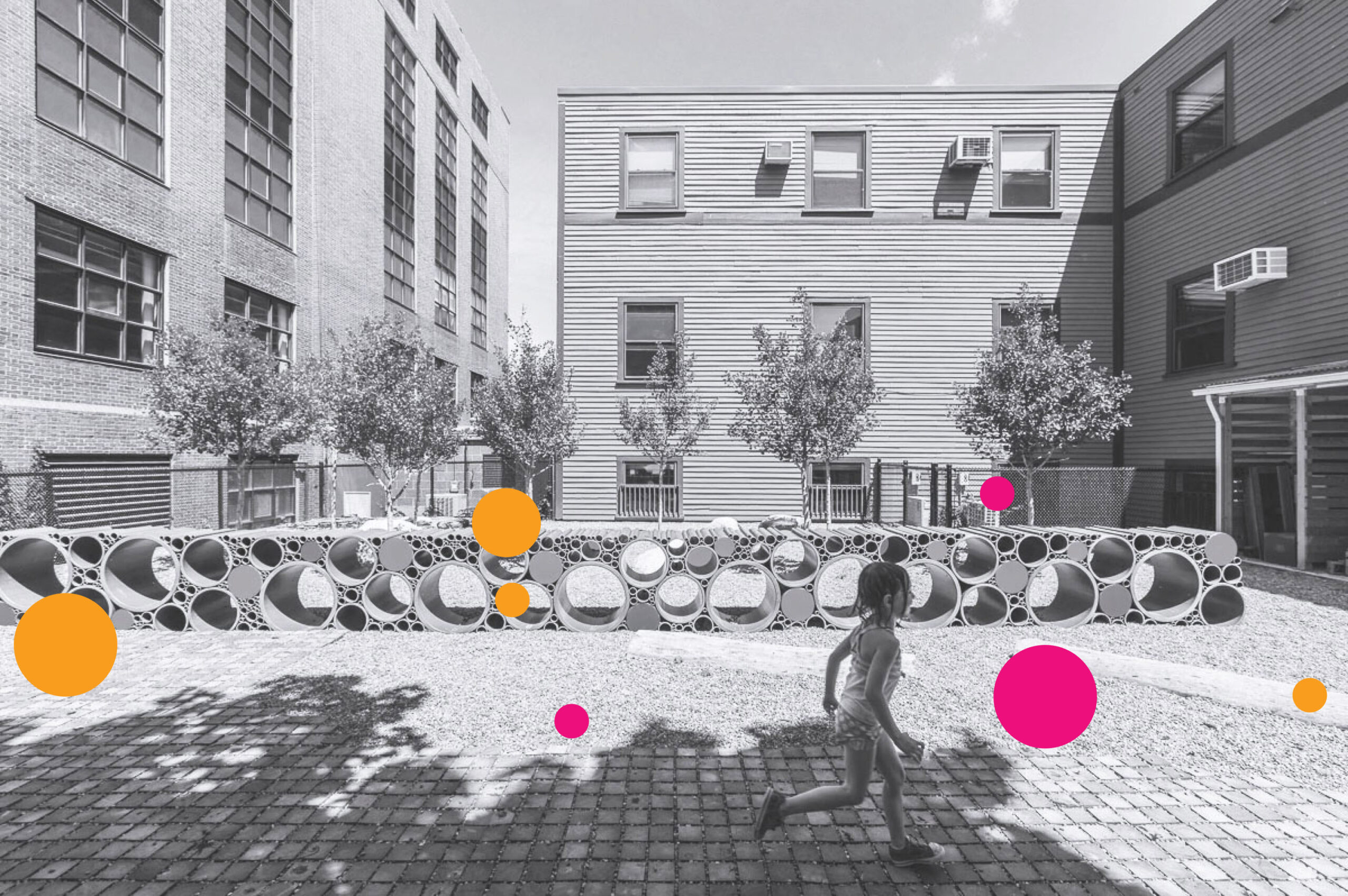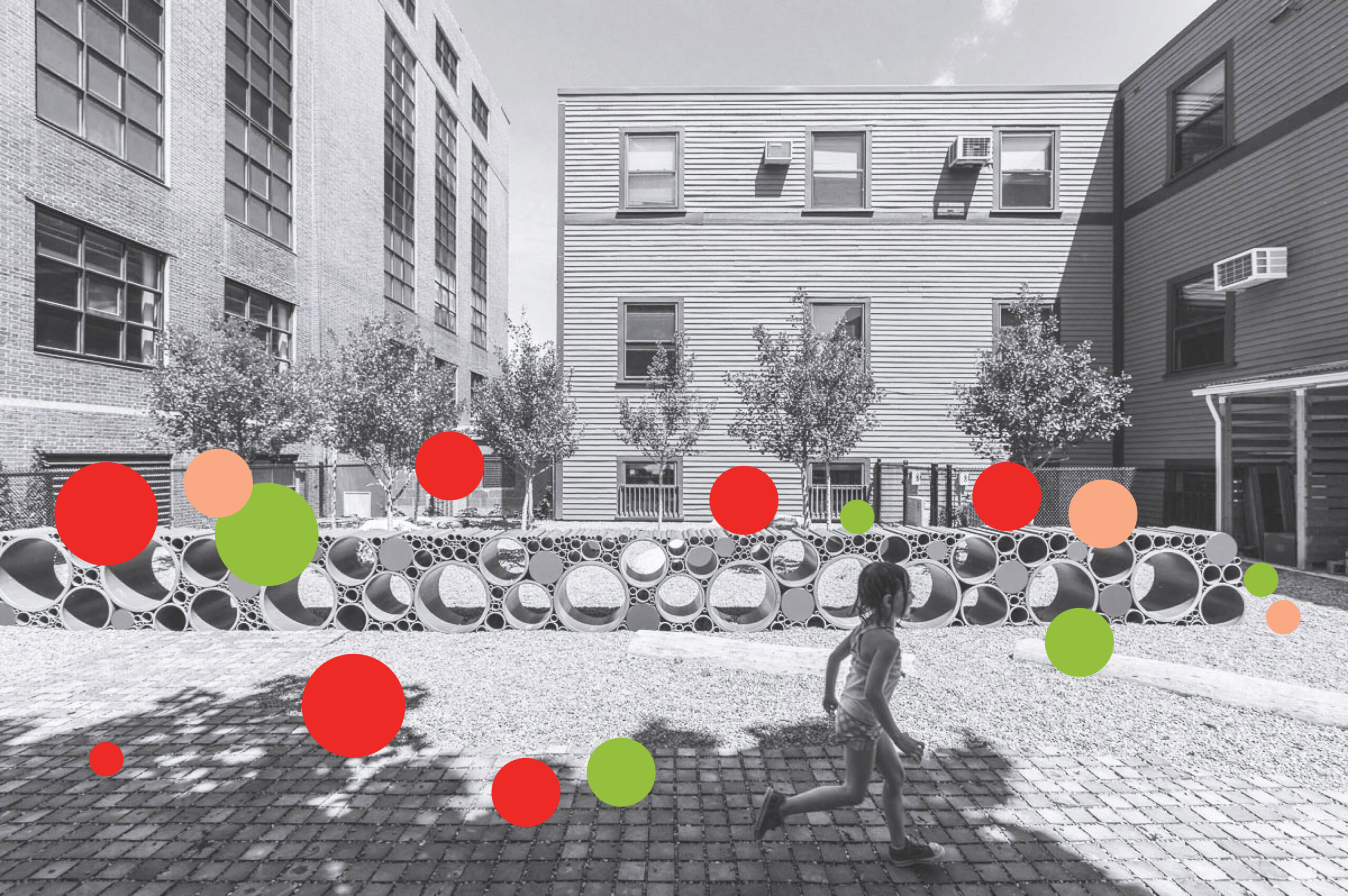Harvard Yard Childcare Center Play Study (2019)
Type: Pre & Post Occupancy Study
Role: Study Design (Data collected while at G2 Collaborative)
Data visualization: lu — la
The study was designed to reveal and measure the play opportunities in the space before and after the playground redesign, studying the effect that this modification has on children’s play, socialization, movement and physical engagement. Through spatial behavior mapping and coding, the design team was able to inform their initial design and to test the results post construction
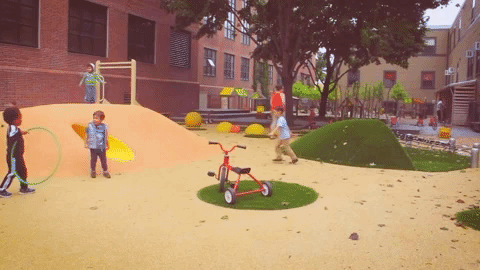
Behavior Mapping:
Multi-modal circulation of space: run, walk, trike: 6 children 2-5 yrs: 30 min play period
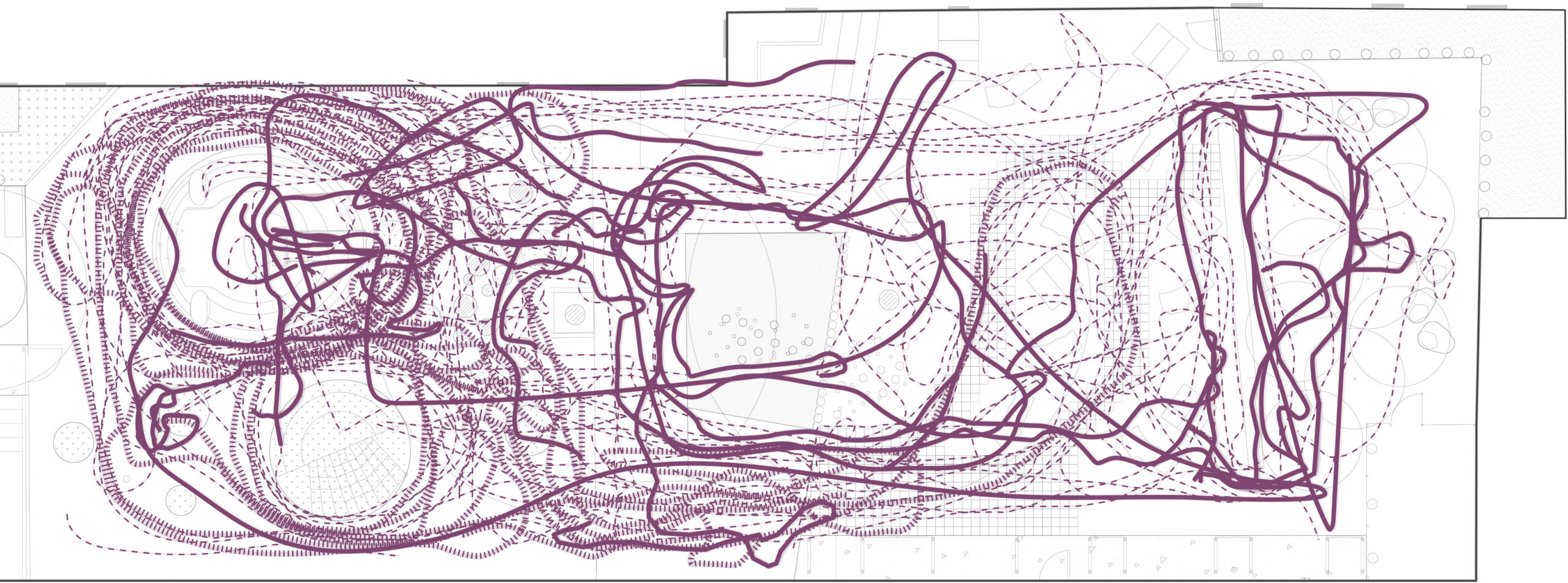
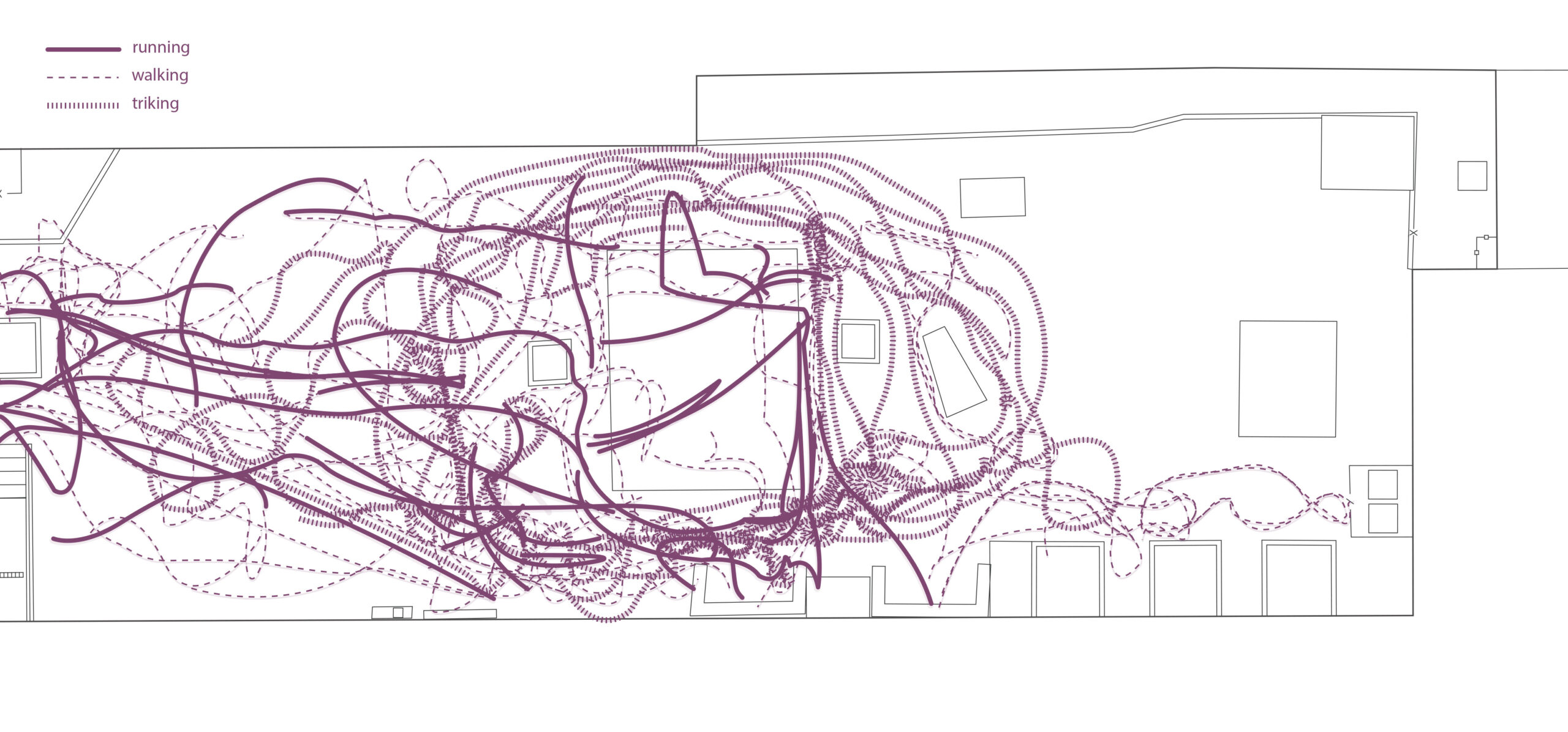
Play Coding:
The environment was designed to support a wide variety of play types; Gross Motor Play with ‘Risky Play’ opportunities; Social & Cooperative Play; Constructive and Symbolic Play, and Loose Parts Play. The design approach utilized the concept of affordances; designing an array of passive encounters in the landscape that are perceived and activated by children through play.

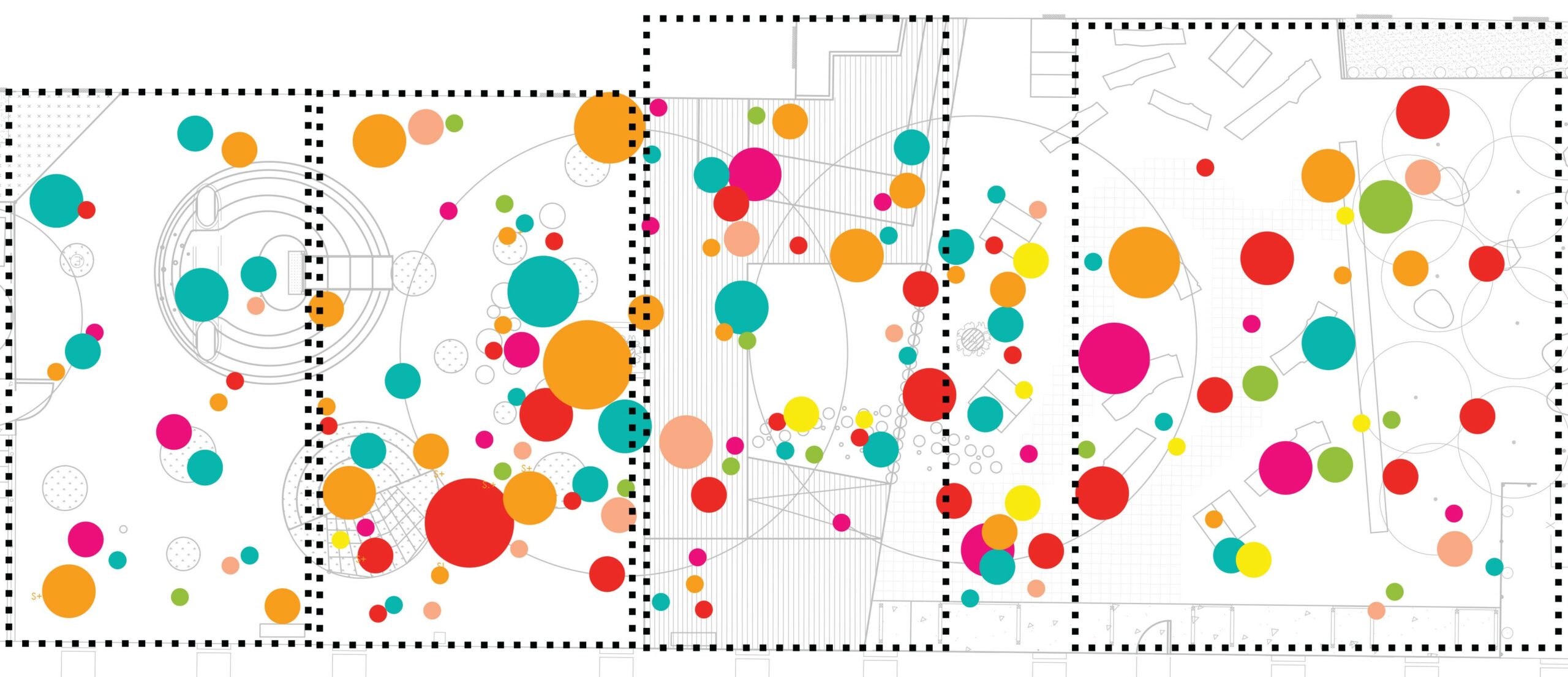
Aggregates & Affordances:
Each of the four main areas of the playscape have a different spatial assemblage created through scale, materiality, topographic change and play elements. The research team coded play behaviors during play sessions in the four sections of the playscape to record the variety of play and understand how this was impacted and supported by environmental affordance.
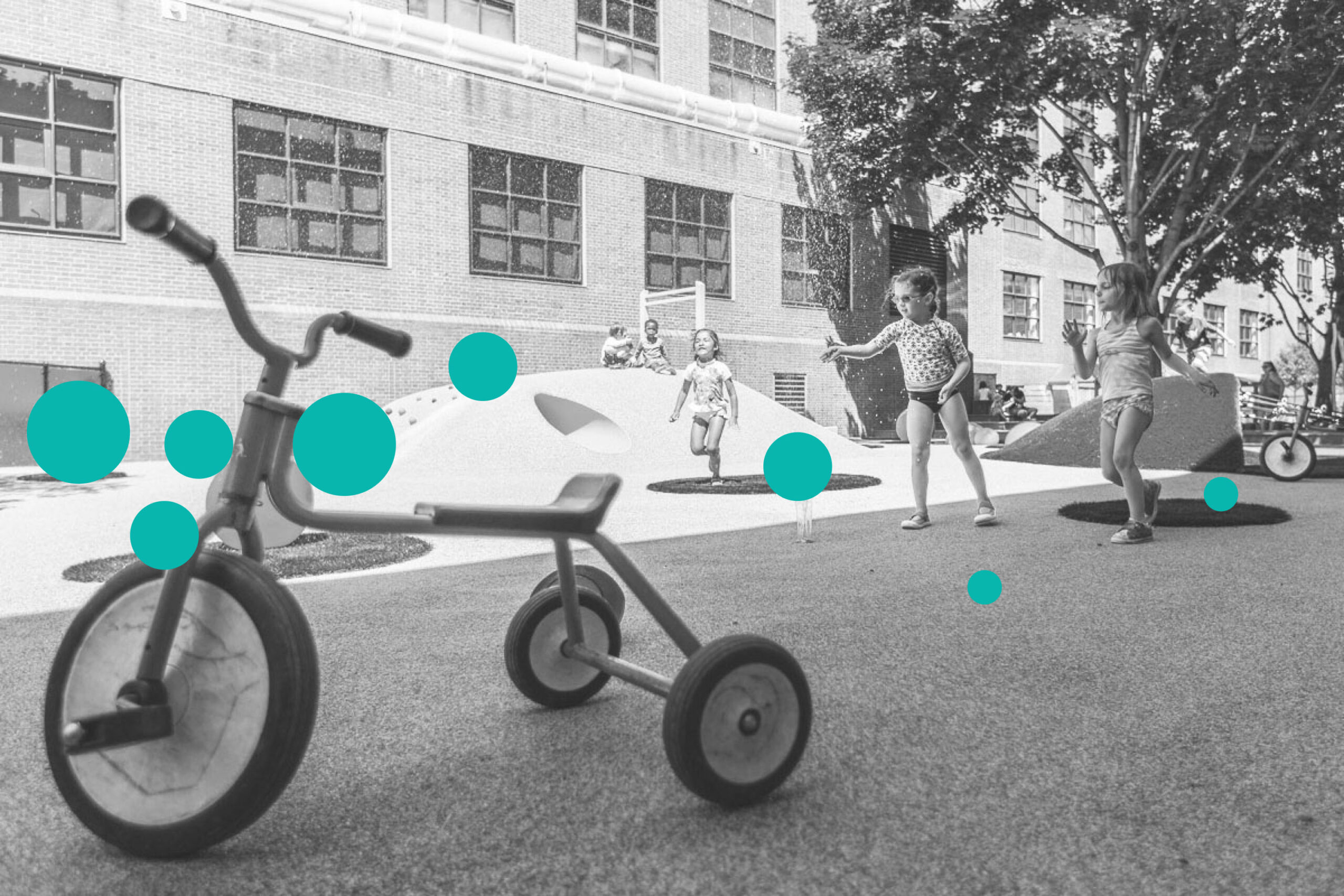
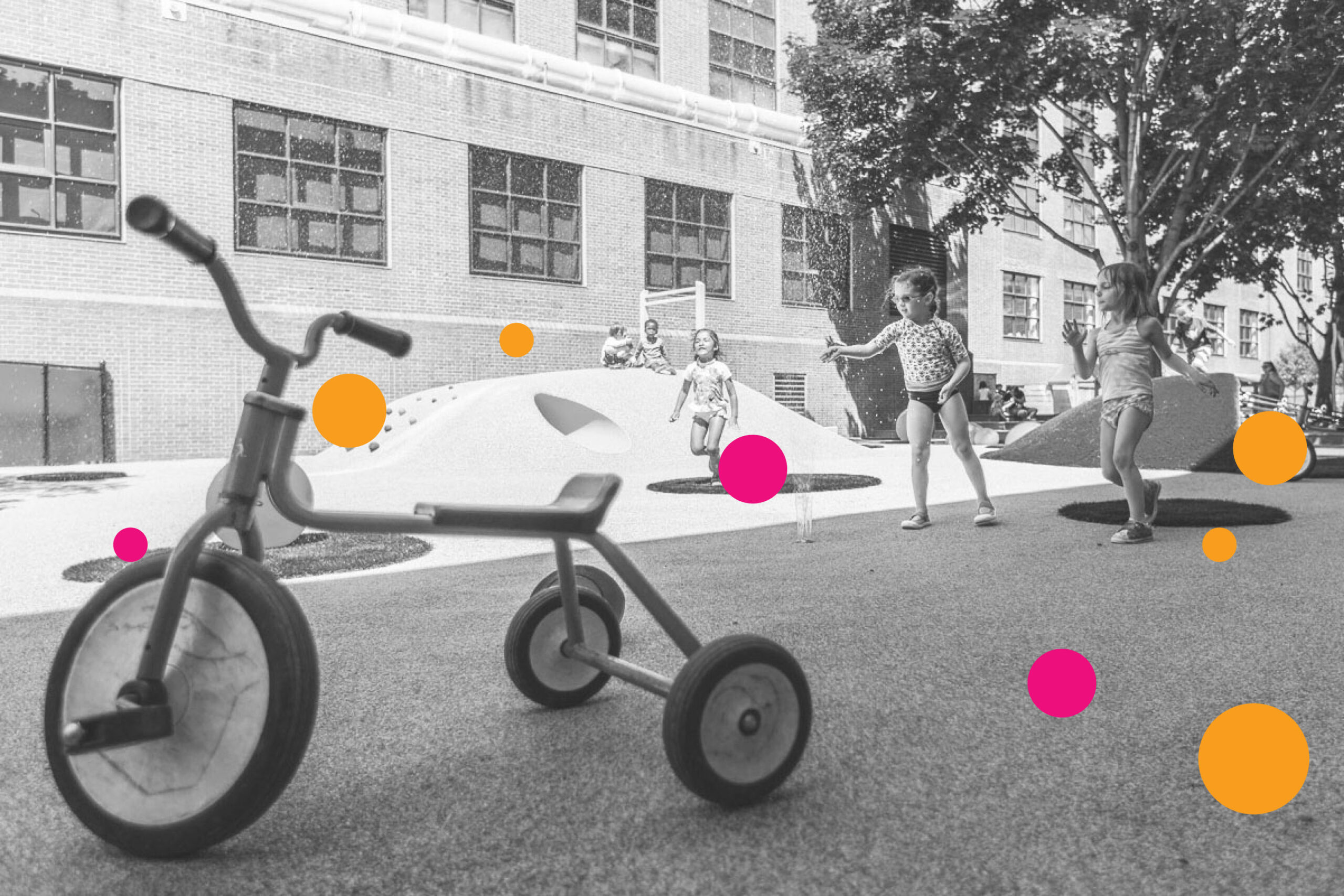
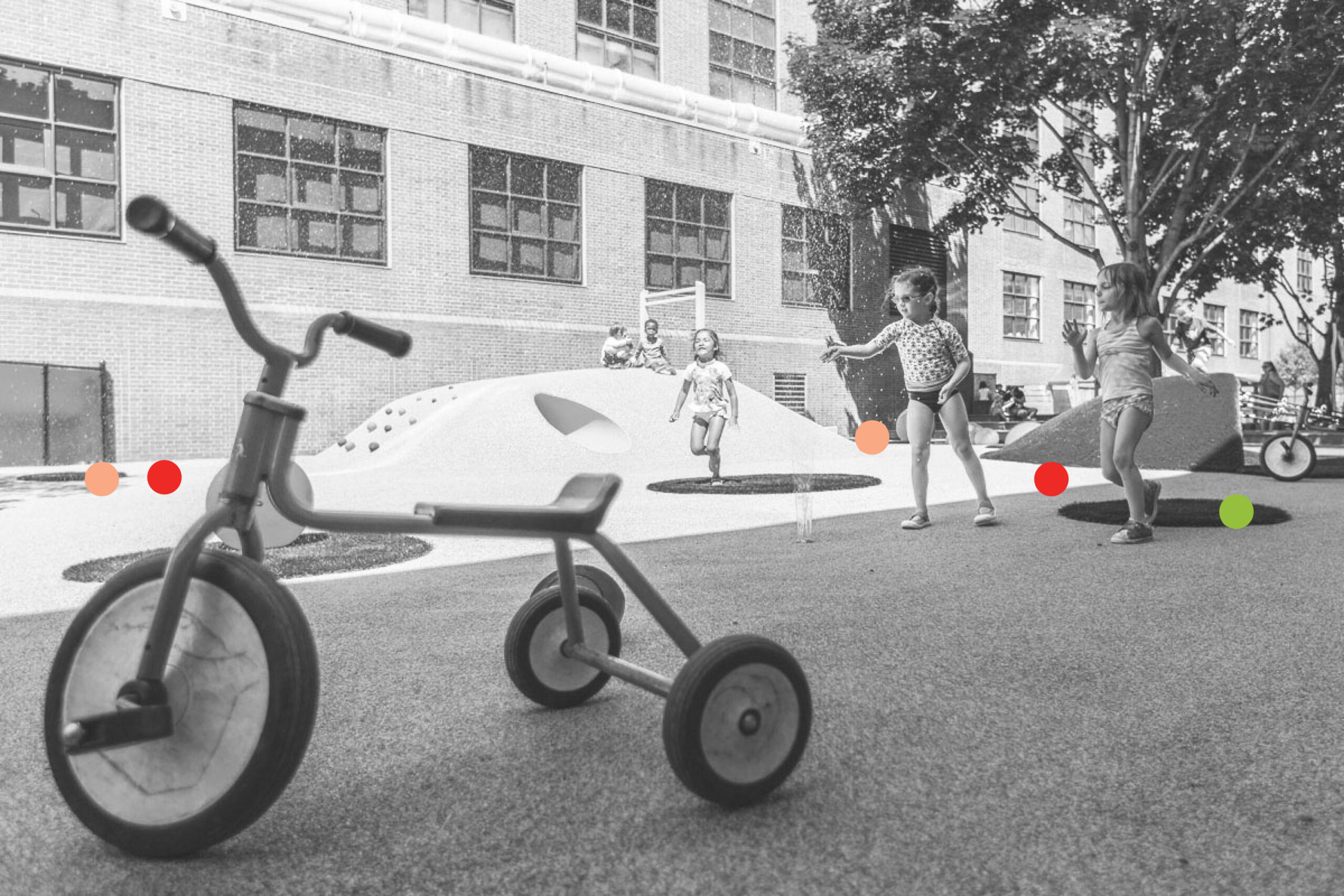
A
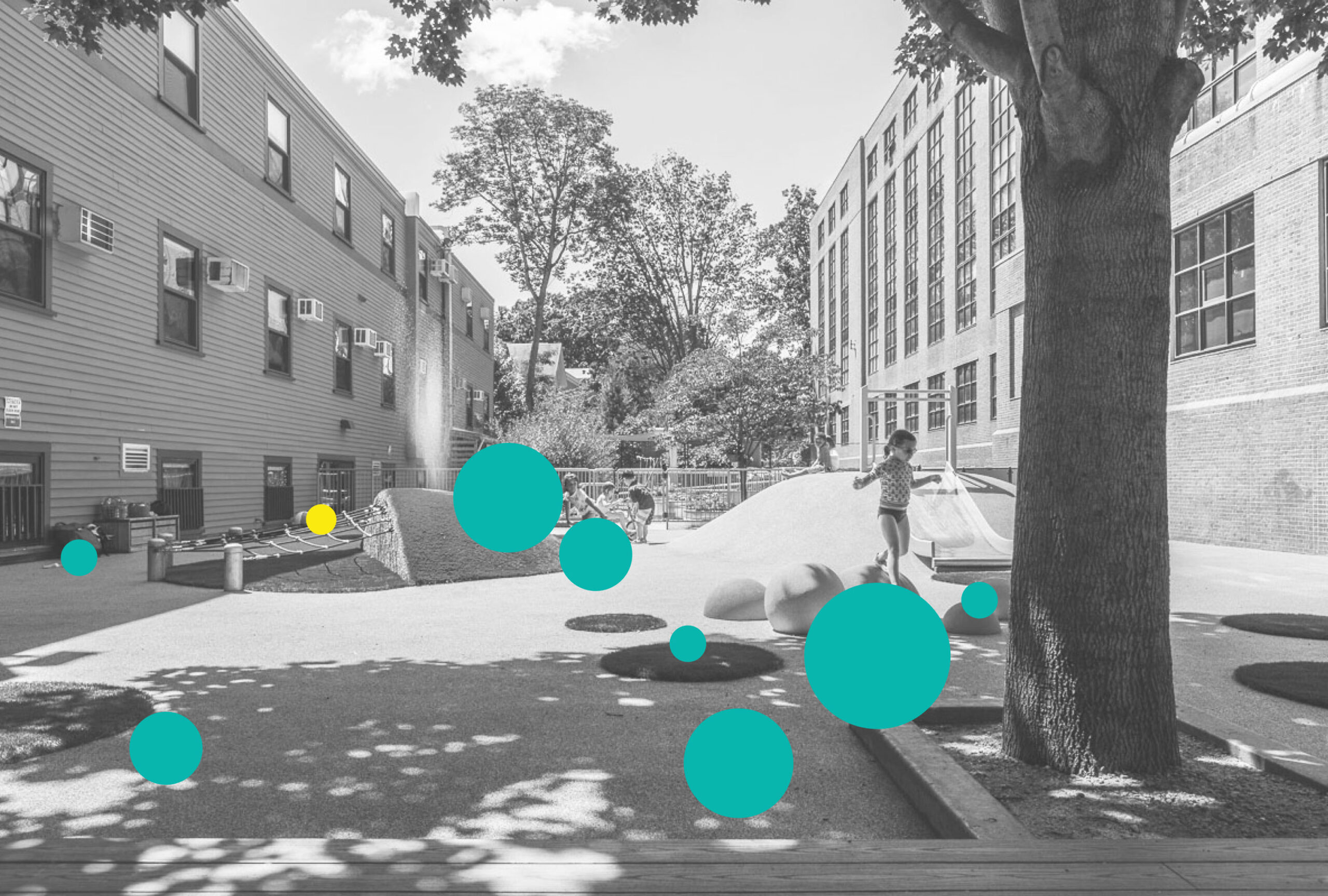
B
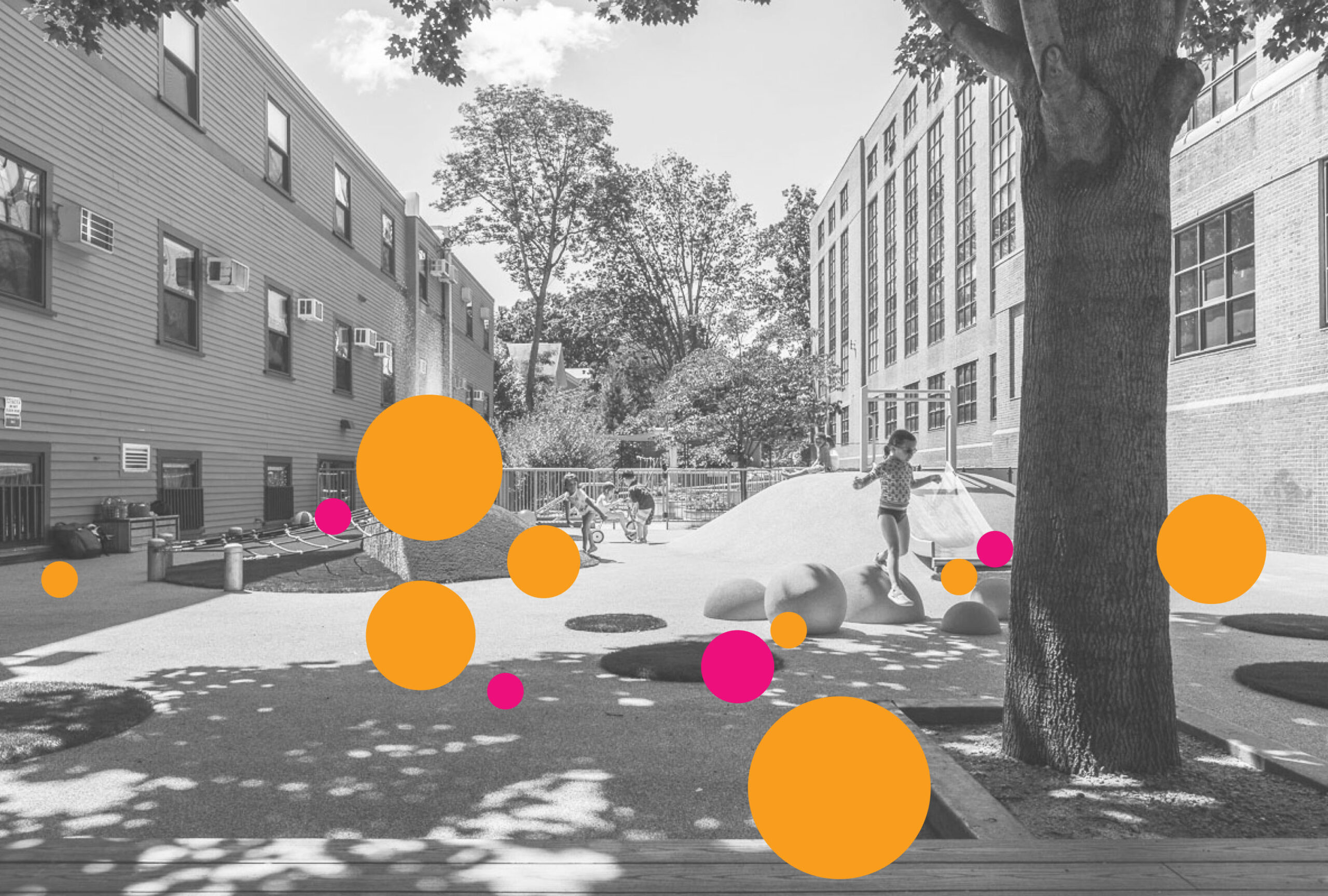
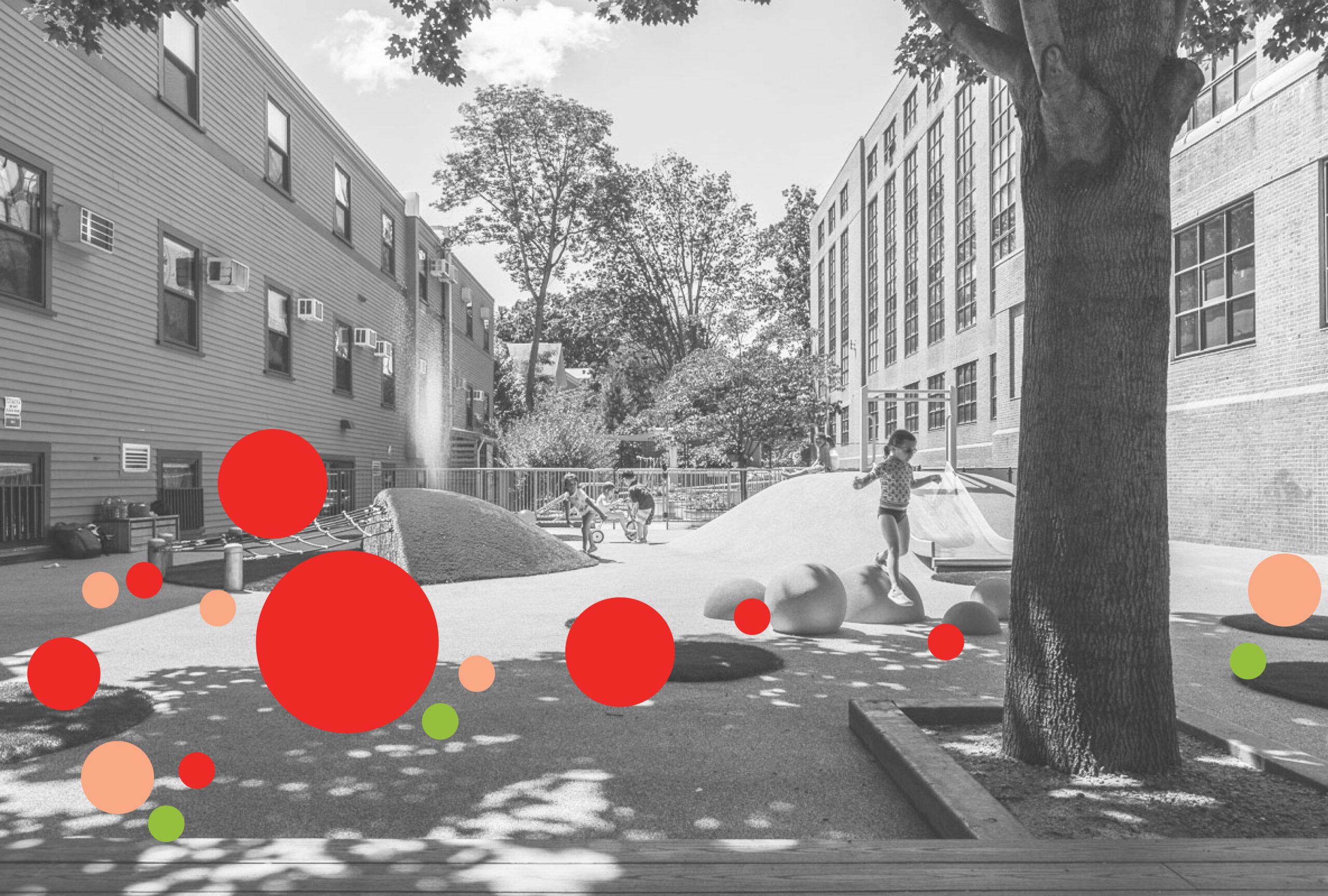
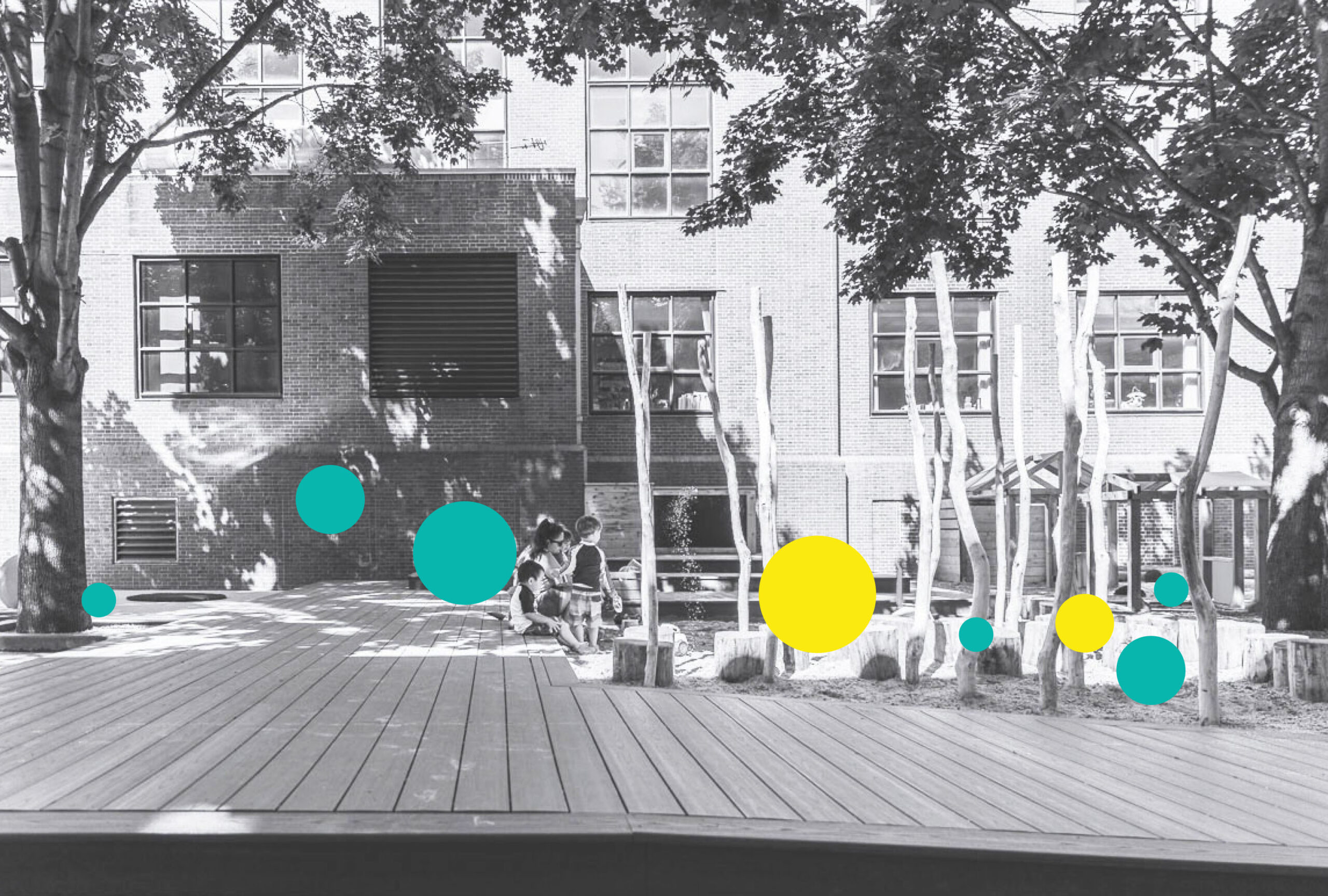
C
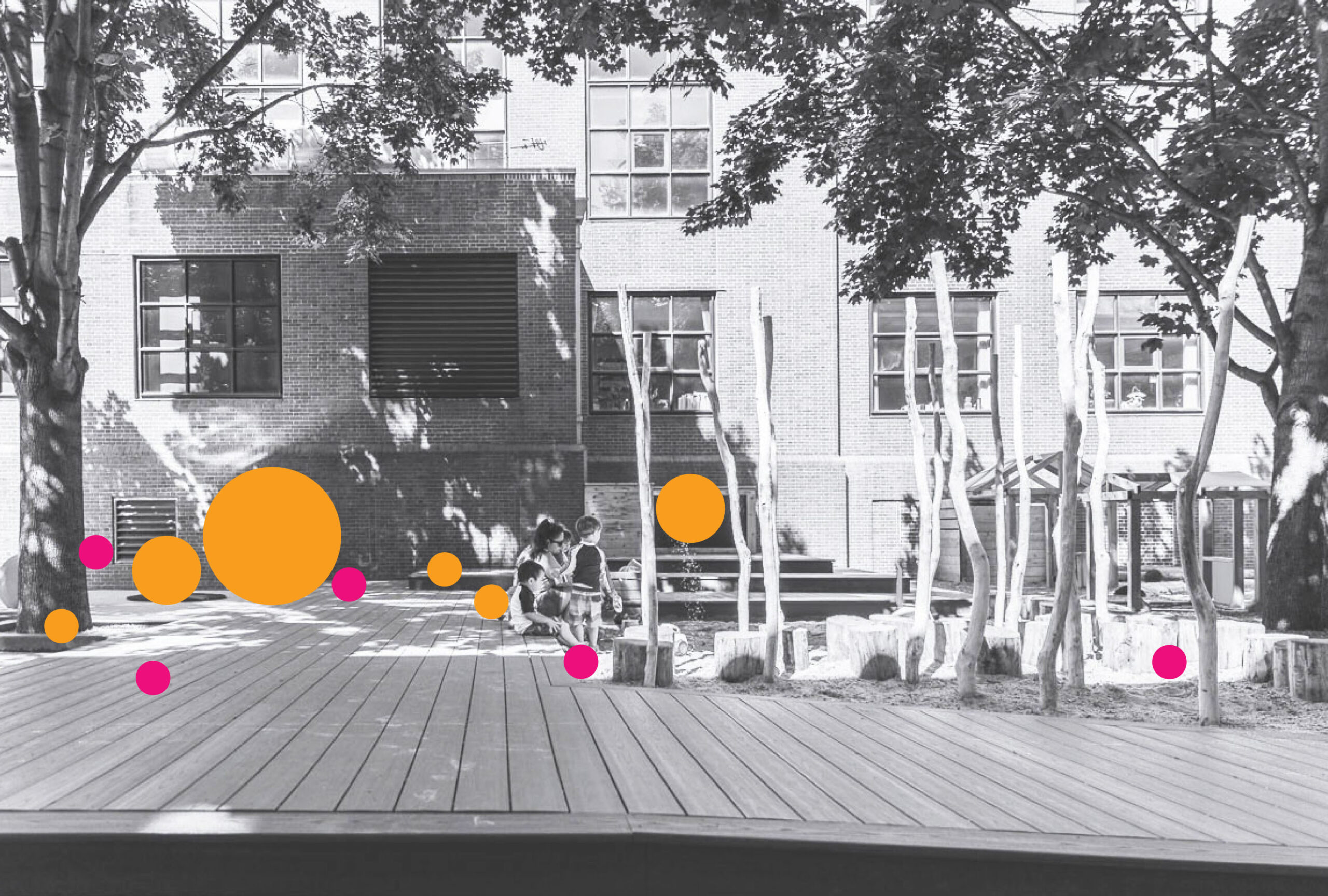
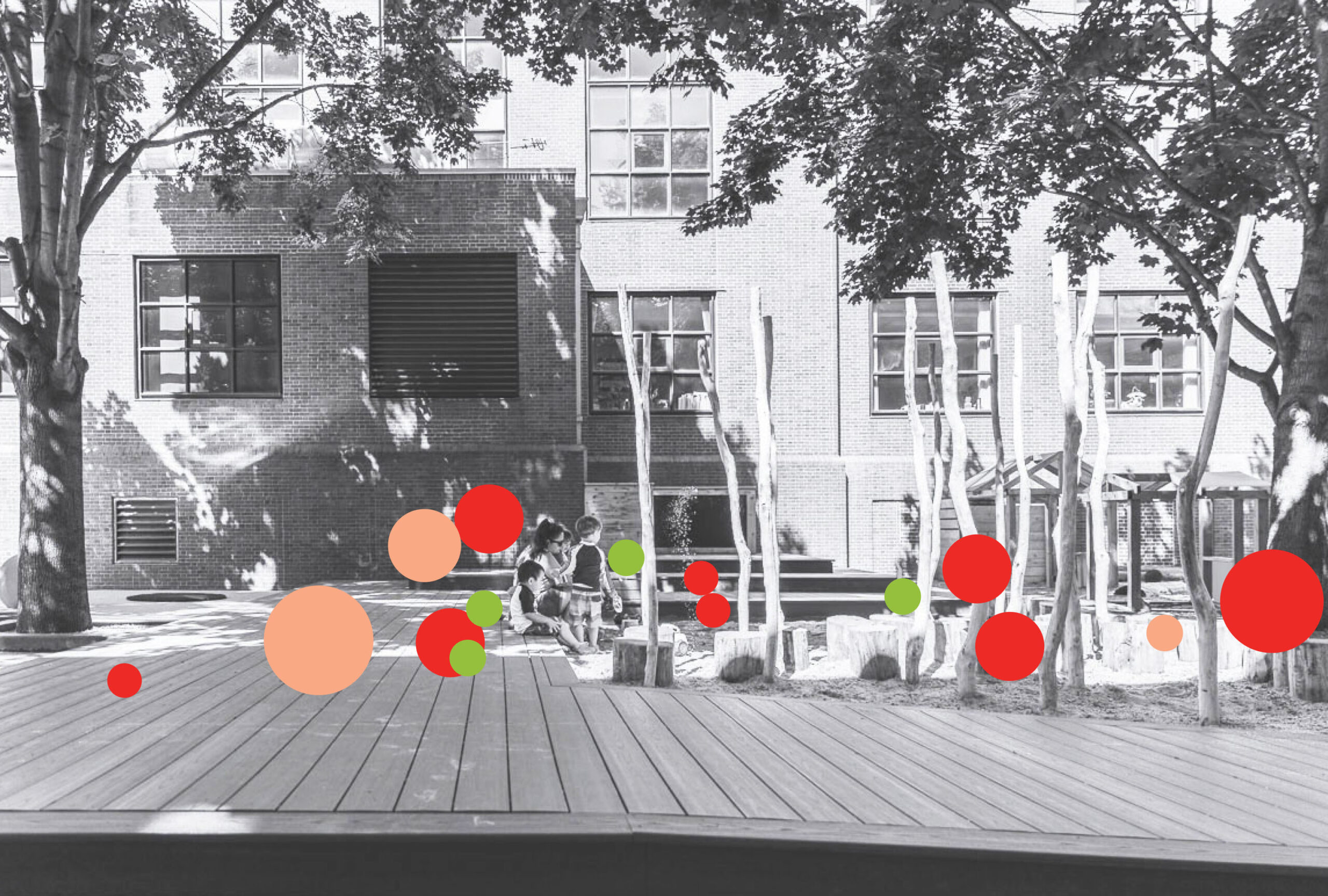
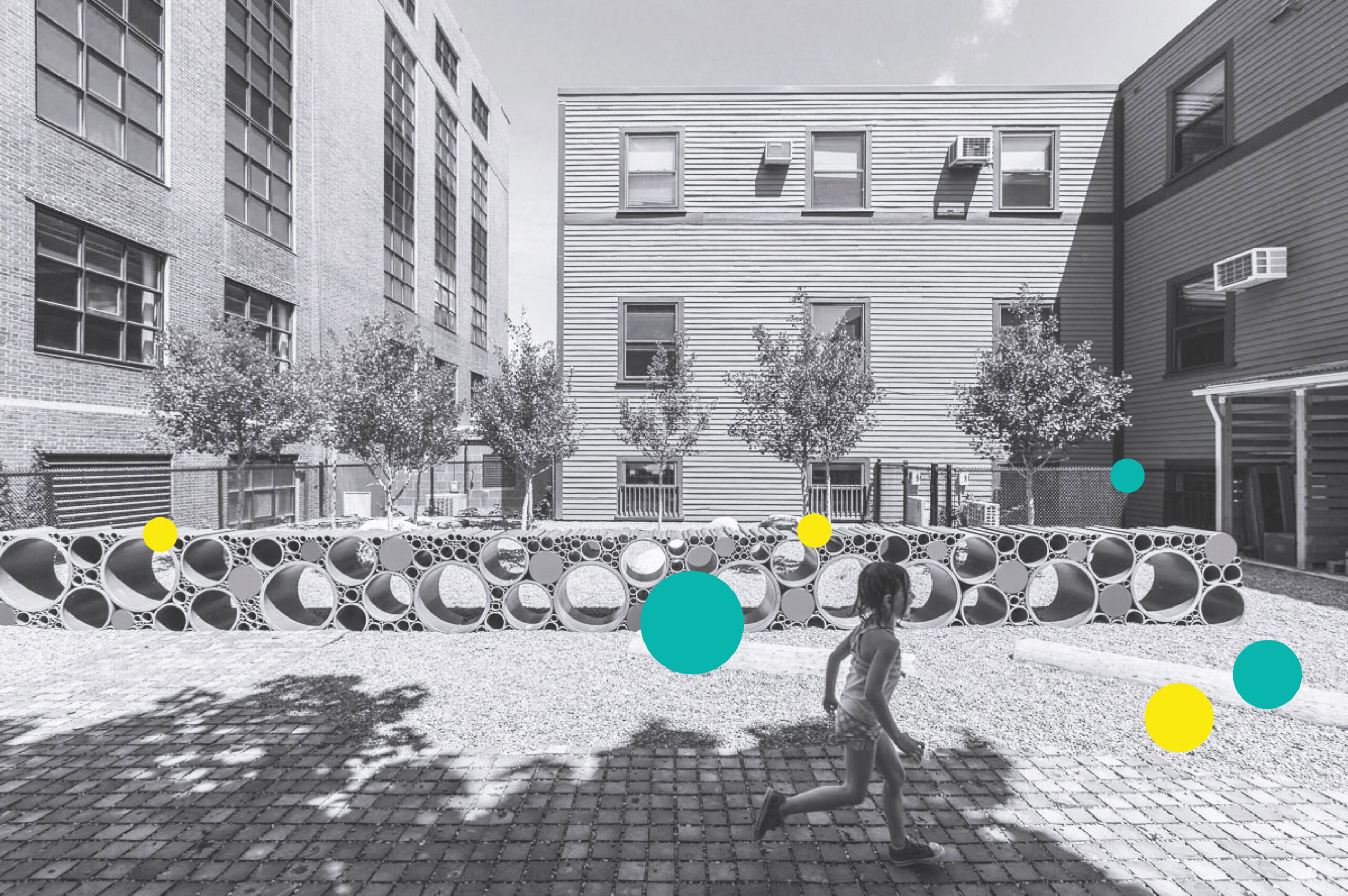
D
